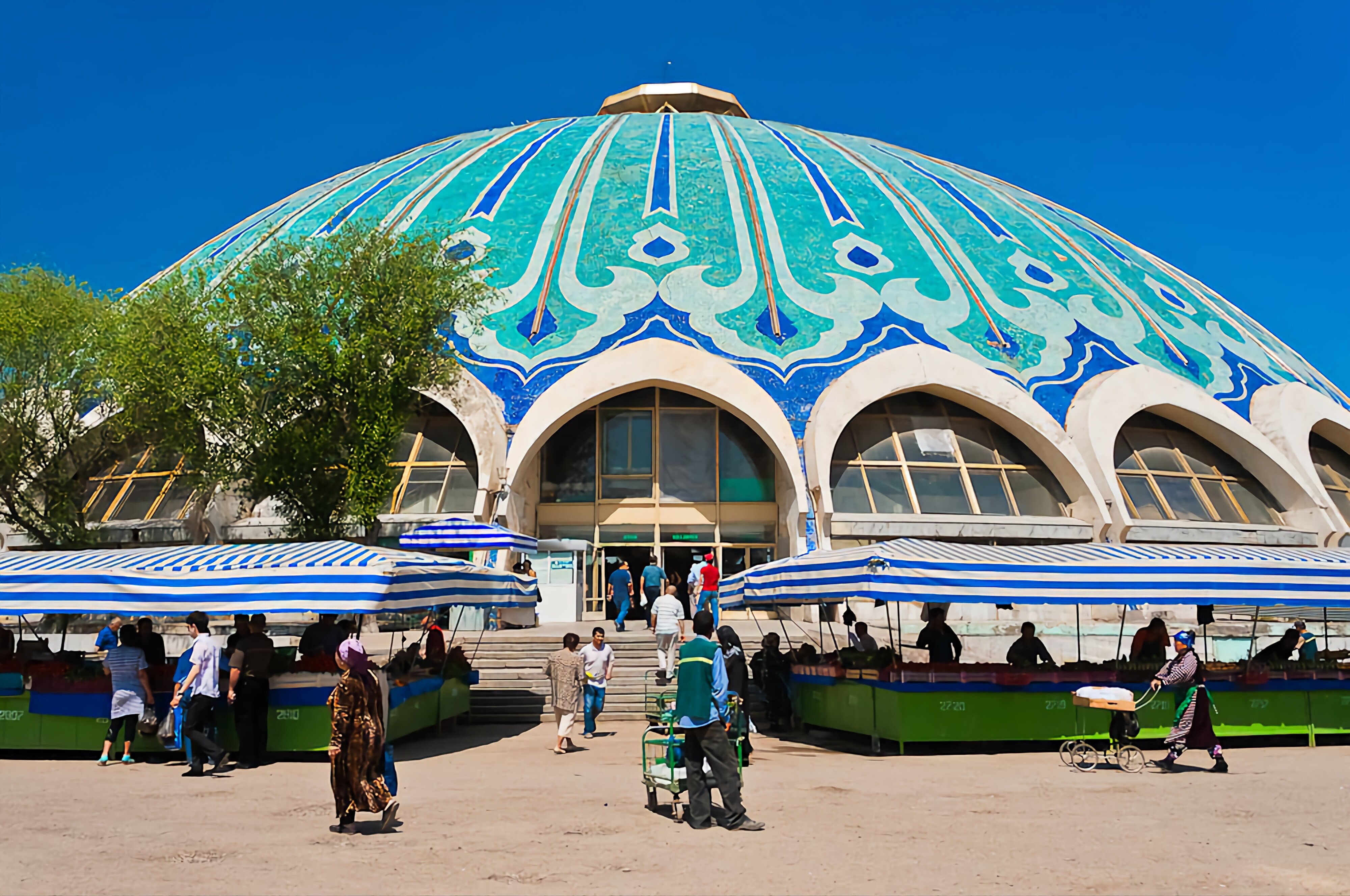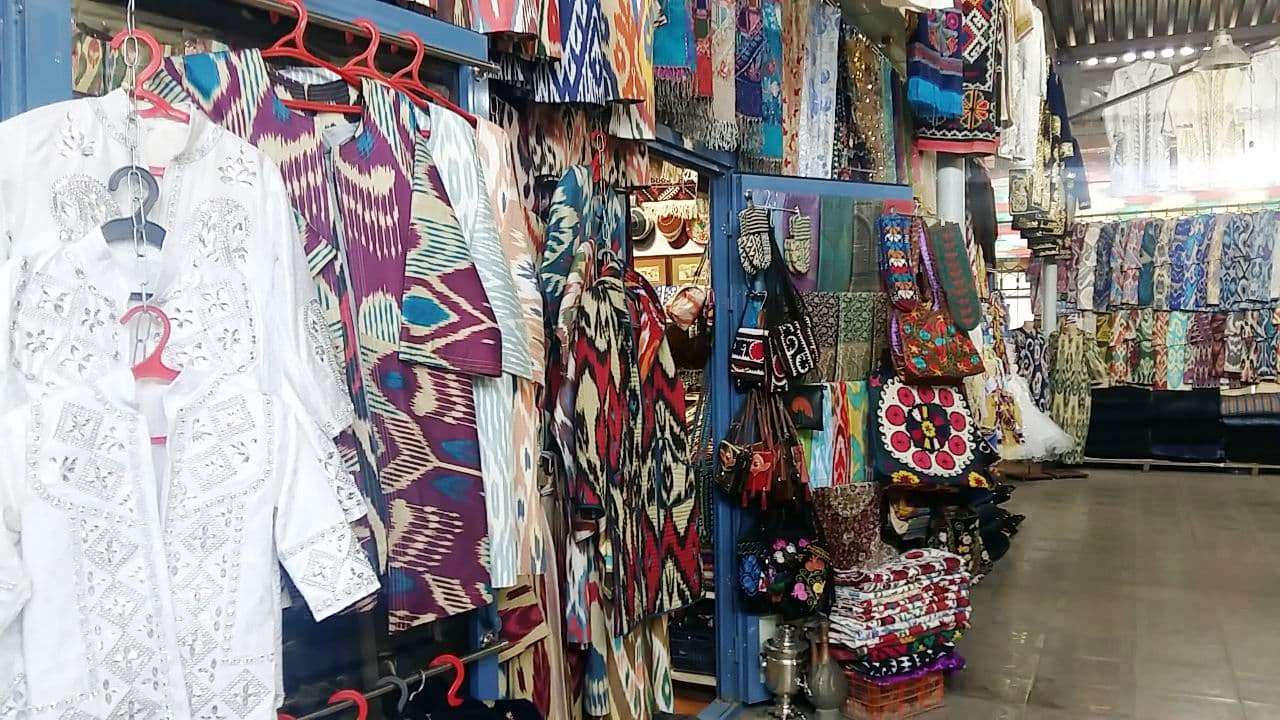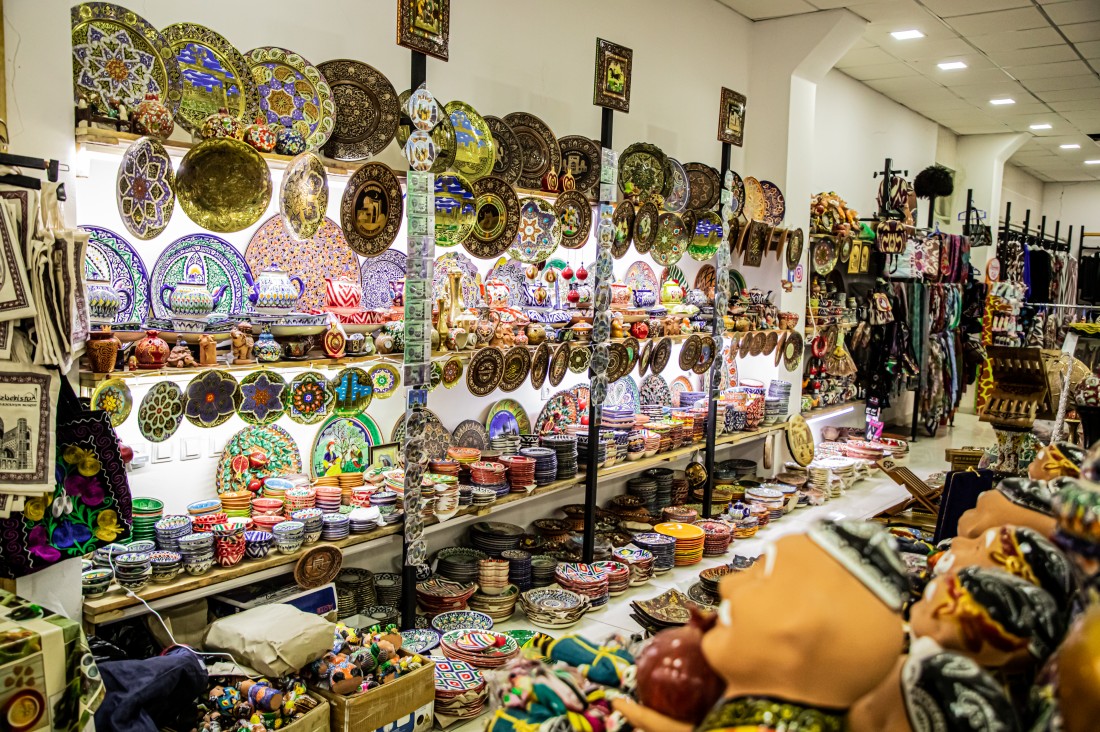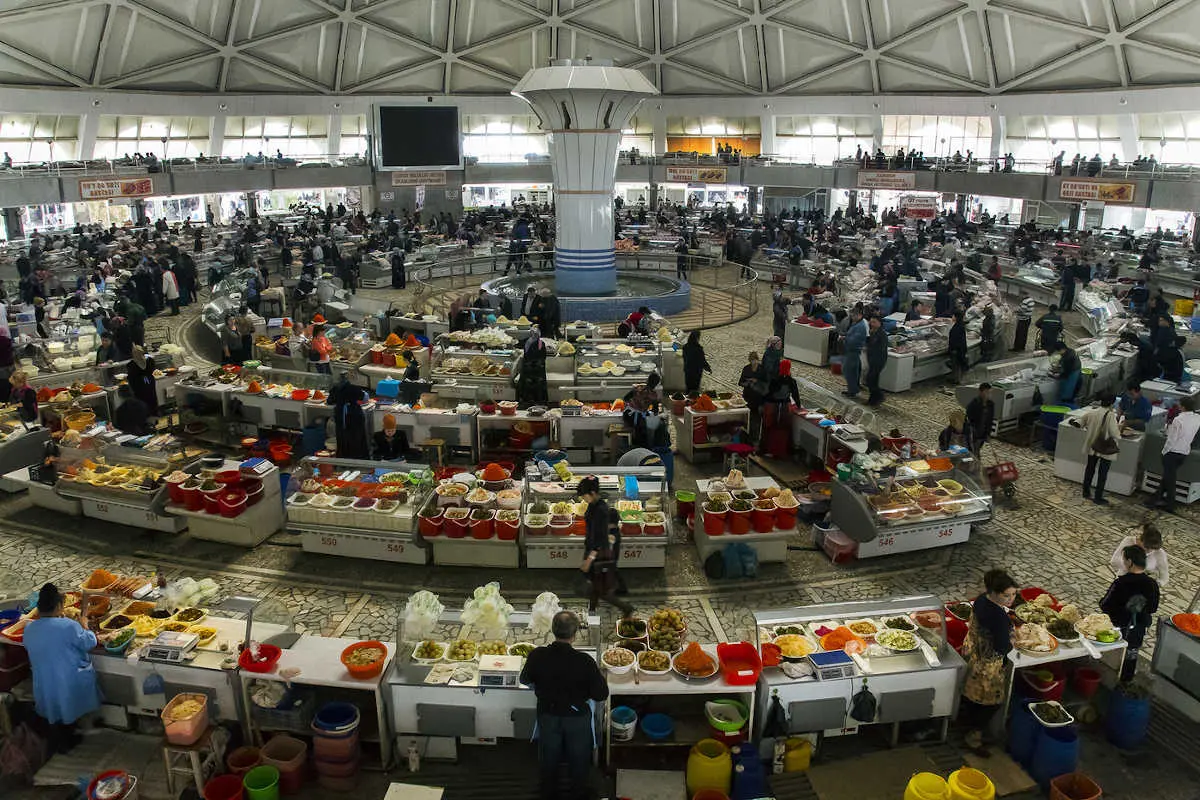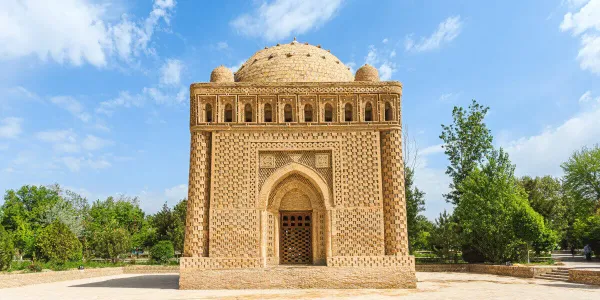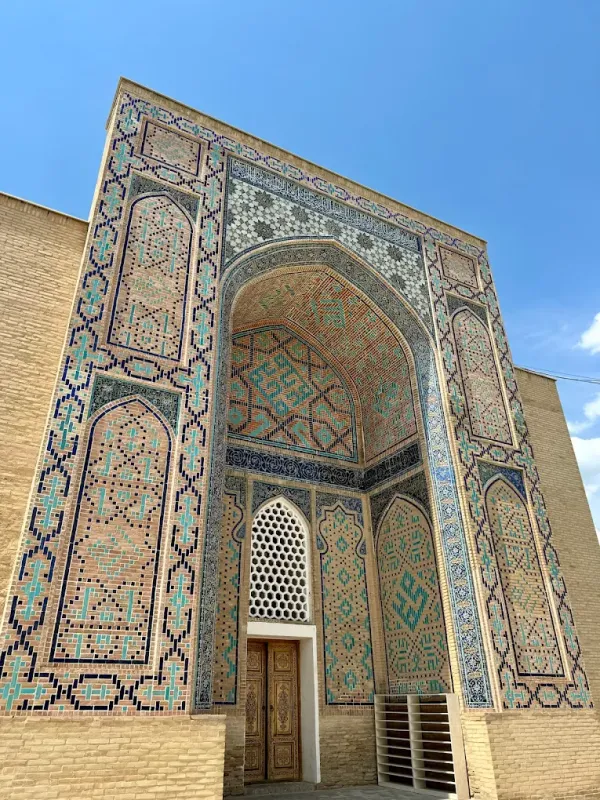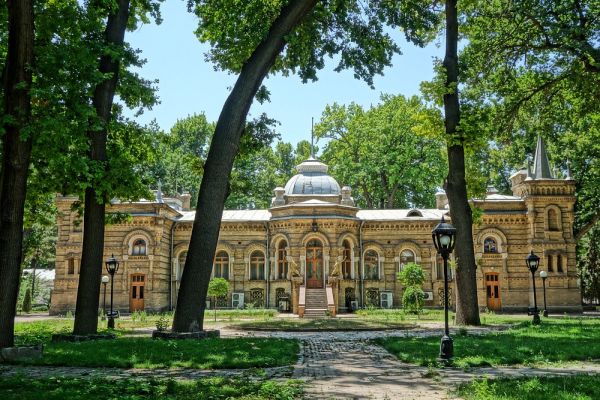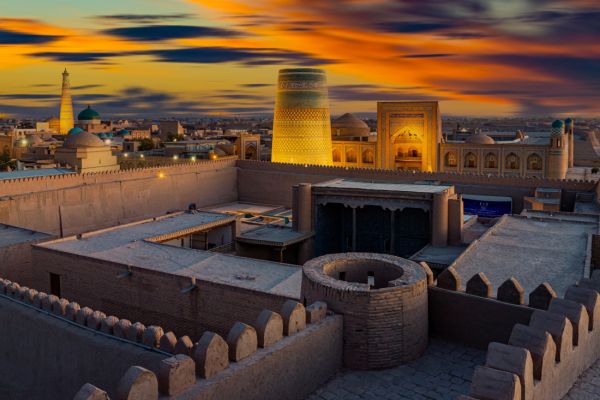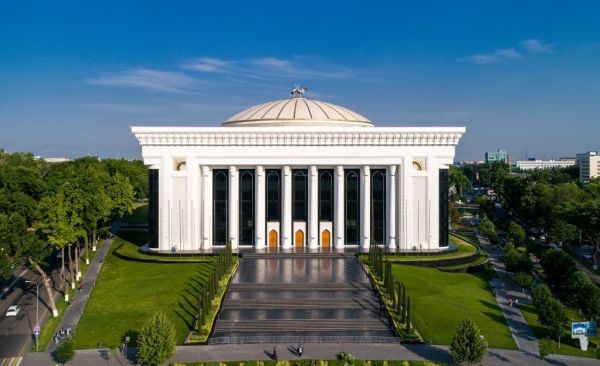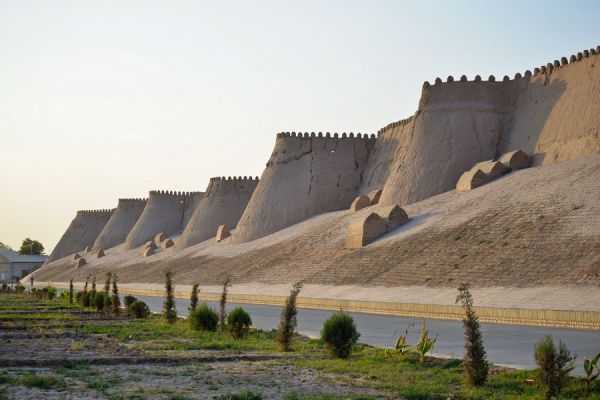Chorsu Bazaar
The bazaar is the heart of any eastern city, the epicenter of social life, the breadwinner of the whole city. Since time immemorial, bazaars have appeared at the intersection of trade routes, in large city squares. They played the role of the main urban places where merchants, merchants and ordinary citizens gathered to discuss important news, find out prices, sit in a cozy teahouse, enjoy pilaf and green tea. The main entertainment events of the city, theatrical performances, were also held here.
Tashkent's Chorsu Bazaar, which dates back hundreds of years, has also always been located on the main square of the city of Eski Zhuva. Many Eastern rulers rode or walked through the centuries-trodden bazaar land. The old market buildings collapsed and fell into disrepair, but its traditional architecture remained the same – large domed rooms. This was the only way to protect yourself from the heat and dust in the hot and dry Asian climate.
The trend towards building such bazaars with a complex of indoor spaces began as early as the 9th century and continued until the 13th. In our century, the bazaar inherited the land and buildings of the past centuries. The modern shopping complex is built taking into account the architectural features and traditions of urban planning of past eras.
Today it is a unique complex of interconnected blue domes, as if floating in the air, crowning the trade pavilions. In the central part of the bazaar stands the main, ornamented, monumental domed structure with a diameter of about 300-350 meters – a winter three-tiered bazaar building with an elevator system. The lower tier consists of basement corridors with numerous utility rooms. The middle and upper ones are a counter system.
There are juicy fruits, amber dried fruits, ruddy tortillas, steamed meat, and kazy (horse sausage) in the oriental bazaar.... All this is displayed on the shelves, so much so that it is simply impossible to pass by.
Teahouses are located next to the bazaar: cauldrons with amber pilaf are sizzling right on the street, fragrant kebabs are blushing, shurpa is boiling… And after refreshment, you can go to the nearby craft stalls, where decorative artists sell handmade souvenirs.
